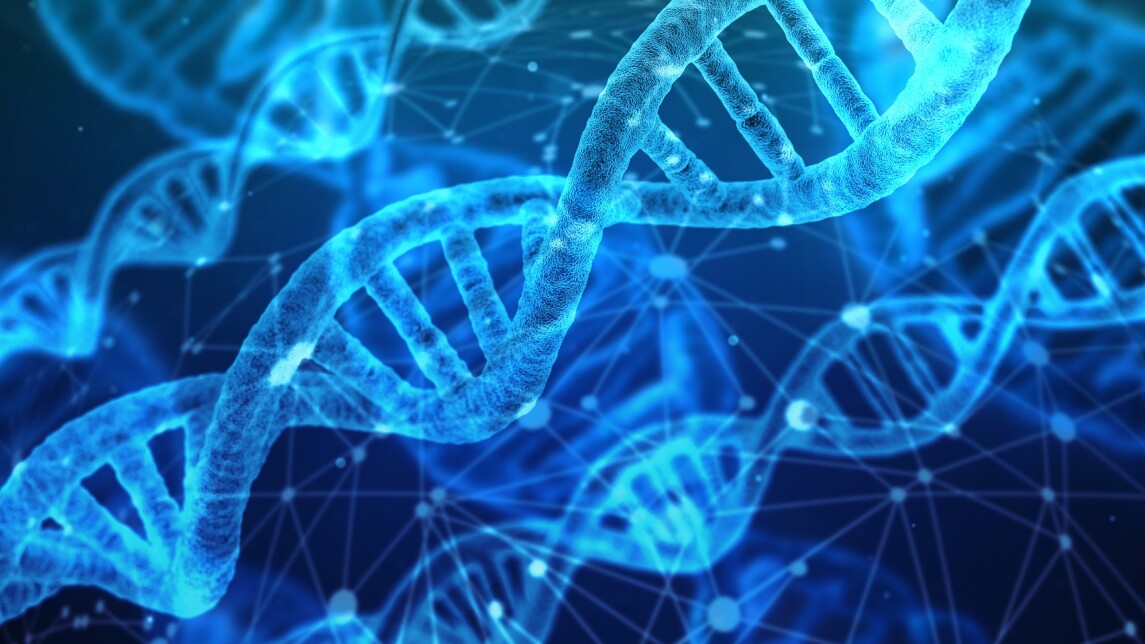An international team of scientists from the University of Turku, Finland and PennState University, USA have solved a long-standing mystery of how living organisms distinguish RNA and DNA building blocks during gene expression paving the way for the design of new antiviral drugs. The new insights were published in the journal Nature Communications.
All cellular organisms use two types of nucleic acids, RNA and DNA to store, propagate and utilize their genetic information. The synthesis of DNA is carried out by enzymes called DNA polymerases and is needed to accurately transfer the genetic information from generation to generation. Synthesis of RNA is carried out by enzymes called RNA polymerases and is needed to utilize the genetic information to ultimately produce proteins that in turn fulfil most structural and catalytic functions in all modern-day living organisms.
The ancient problem faced by RNA and DNA polymerases is that the DNA and RNA building blocks are very hard to distinguish. Those building blocks are identical except for a small part of the molecule, called the 2’OH group that is present in the RNA building blocks but is absent from the DNA building blocks.
DNA polymerases avoid using the RNA building blocks by featuring a cavity called the active site that is just big enough to bind the DNA building blocks but is too small to accommodate the slightly bigger RNA building blocks. As a result, only DNA building blocks bind to the active site cavity and get attached to the growing DNA polymer.
– RNA polymerases cannot use the same strategy because the smaller DNA building blocks will always fit into the same active site cavity as the RNA building blocks, explains Senior Researcher Georgi Belogurov.
RNA Polymerase Active Site Cavity Deforms the DNA Building Blocks
To understand how RNA polymerases avoid using DNA building blocks, a research team from the University of Turku headed by Belogurov performed complex biochemical measurements using RNA polymerases that were altered by carefully engineered mutations. At the same time, the research team at Penn State University, USA, led by Professor Katsuhiko Murakami obtained a detailed three-dimensional structure of RNA polymerase with the DNA building block.
By the combined analysis of the biochemical and structural data Doctoral Candidate Janne Mäkinen, the first author of the study, and his colleagues discovered that RNA polymerase evolved the active site cavity that deforms the DNA building blocks so that they are no longer suitable for incorporation into the RNA chain.
The deformed DNA building blocks then dissociate from the RNA polymerase instead of being attached to the growing RNA polymer, says Mäkinen.
Human and Viral RNA Polymerases Select RNA Building Blocks Differently – Finding Enables Development of More Effective Antiviral Drugs
The study was financially supported by the Academy of Finland, Sigrid Juselius Foundation (Finland), and the National Institute of Health (USA) and has long-reaching implications for translational research.
– RNA viruses such as SARS-Cov-2 that is the causative agent of COVID-19 disease also synthesise RNA as a part of their infectious cycle. Viruses use their own RNA polymerases that are very different from RNA polymerases of the human cell but also need to select the RNA building blocks and reject the DNA building blocks, says Georgi Belogurov.
By careful comparison of the newly discovered selectivity mechanism with the findings of other research teams, Mäkinen and colleagues concluded that viral and human RNA polymerases use different mechanisms to reject the DNA building blocks. They suggest it may be possible to design a synthetic molecule similar to a DNA building block that would selectively bind and inhibit viral RNA polymerase but will be rejected by the human RNA polymerases and therefore will not interfere with the synthesis of RNAs needed by the human cell.
– This paves the way for the designing of potent and selective antiviral drugs targeting viral RNA polymerases, says Belogurov.
The article ”The mechanism of the nucleo-sugar selection by multi-subunit RNA polymerases” was published in the journal Nature Communications.
Read the research article
More information:
Senior Research Fellow Georgi Belogurov
gebelo@utu.fi
Professor Katsuhiko Murakami
kum14@psu.edu


